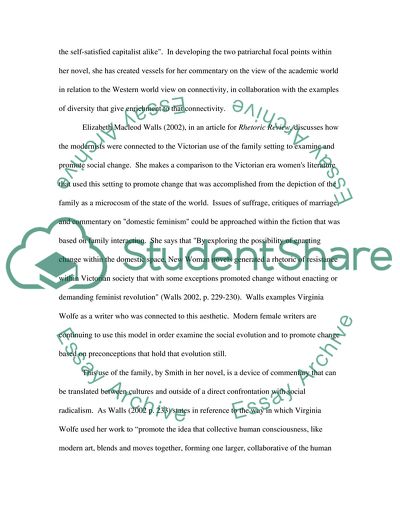Cite this document
(“Modern British Writers In A World Of Fear Essay”, n.d.)
Retrieved from https://studentshare.org/sociology/1551694-modern-british-writers-in-a-world-of-fear
Retrieved from https://studentshare.org/sociology/1551694-modern-british-writers-in-a-world-of-fear
(Modern British Writers In A World Of Fear Essay)
https://studentshare.org/sociology/1551694-modern-british-writers-in-a-world-of-fear.
https://studentshare.org/sociology/1551694-modern-british-writers-in-a-world-of-fear.
“Modern British Writers In A World Of Fear Essay”, n.d. https://studentshare.org/sociology/1551694-modern-british-writers-in-a-world-of-fear.


